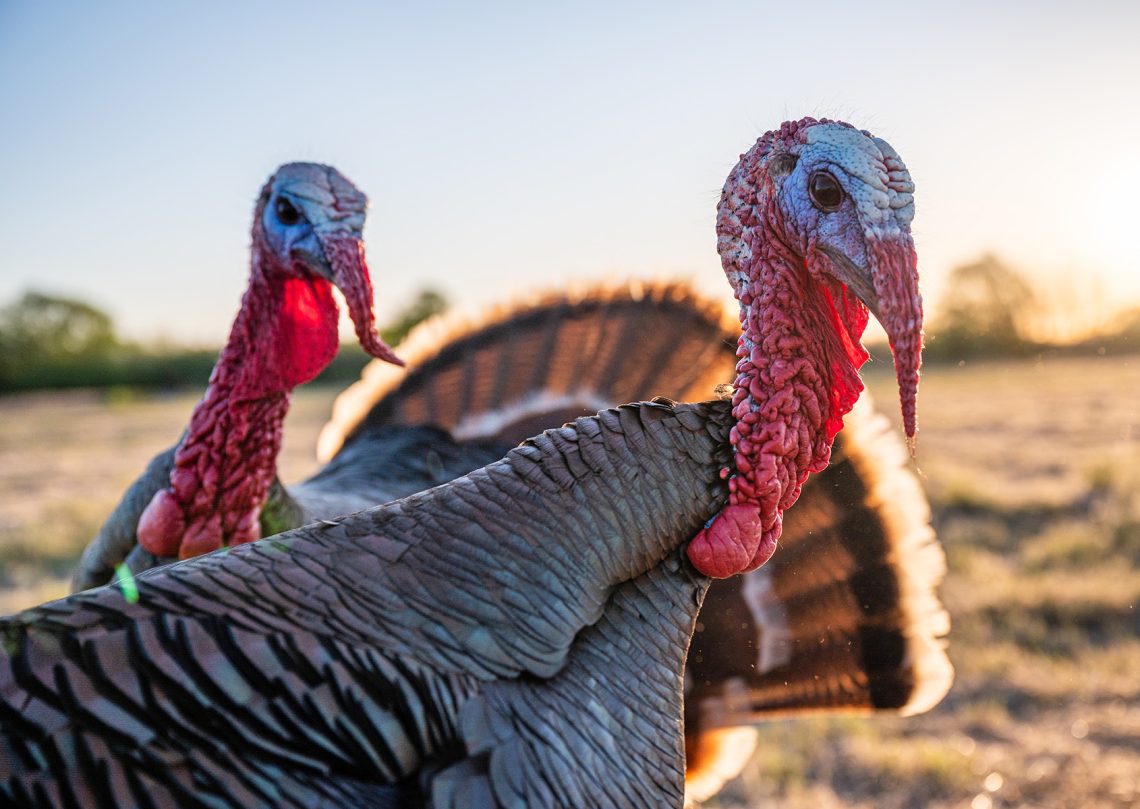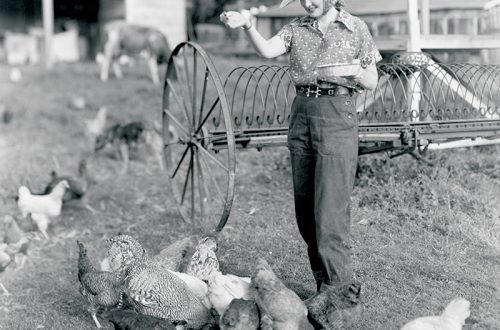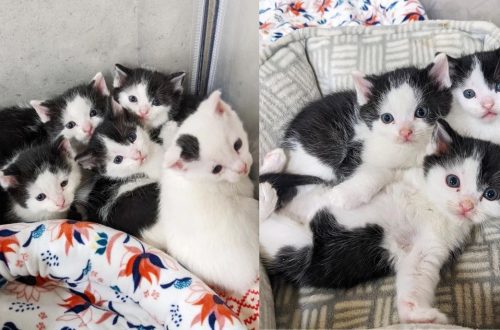
Infectious and non-infectious diseases of turkeys: symptoms of diseases, treatment and preventive measures for ailments
When breeding turkeys, the problem of the disease of these birds, including turkeys, often arises. Diseases of turkeys can lead to the loss of individuals or their productivity. Both infectious and non-infectious diseases occur in both adults and young animals. Infectious diseases pose a great danger, because because of them mass death of livestock is possible.
Contents
Measures for the prevention of diseases of turkeys and their young
The best treatment for a disease is to prevent it. Turkeys pick up viruses and infections quite easily, especially in unsanitary and unhygienic conditions. The main rule in the prevention of diseases of turkeys is the observance of cleanliness.
The main preventive measures for diseases of adults and turkeys
The main preventive measures include the following:
- compliance with the conditions of detention. Maintain the necessary humidity in the room, create the correct temperature conditions, ensure good ventilation without drafts;
- regular disinfection of the turkey house. Before the birds are settled in the turkey house all surfaces must be thoroughly washed with water, спустя три дня провести общую дезинфекцию помещения и побелку известковым молоком. Впоследствии проводить регулярное обеззараживание оборудования и самого птичника;
- freshness and quality of food. Feed for turkeys and young animals should be fresh, under no circumstances should moldy or musty feed be given, especially of animal origin;
- чистота поилок и кормушек. По мере загрязнения кормушки и поилки нужно мыть, ведь испортившиеся остатки корма в состоянии вызвать болезни и даже падёж индюков и тем более индюшат;
- periodic inspections of turkeys and isolation of individuals with suspected disease. When signs of illness are found птицу нужно отсадить в отдельное помещение and there already to treat.
Additional measures for the prevention of diseases of young animals
Difficulties in keeping turkeys arise during the raising of turkey poults. Chicks need special attention in the first ten days of their life. So that the young do not get sick with a cold, it must be warm and dry, in the cold and dampness the turkey poults will get sick and die. If the chicks are mobile, do not bunch up, actively feed, then the set temperature suits them.
Young animals should be kept on a mesh floor with a cell size of 1 x 1 cm or 1 x 2 cm. Under this condition, the turkey poults will be deprived of the opportunity to peck the litter along with the fallen feed. it is the prevention of intestinal diseasesto which chicks are often exposed.
Diseases of turkeys and young animals
There are many reasons for diseases of turkeys – birth defects of turkeys, poisoning, unfavorable microclimate of the turkey house, infection. All bird diseases can be divided into two categories: infectious and non-infectious.
Infectious diseases in adults
The most common infectious diseases of turkeys:
- Respiratory mycoplasmosis. The causes of the disease are hypothermia due to non-compliance with the temperature regime and excessive air humidity or an unbalanced diet. Respiratory mycoplasmosis affects individuals with reduced immunity and a deficiency of vitamins A and B.
The main symptoms of this disease are inflammation of the mucous membrane of the eyes, visual impairment, manifestation of respiratory signs (discharge from the nose and eyes). Sick turkeys intensively lose weight, their productivity decreases, and in an advanced case, death is possible.
Лечение птиц осуществляется путём введения в рацион antibiotics chlortetracycline or oxytetracycline, it is also possible to use chloramphenicol, erythromycin or streptomycin.
To prevent respiratory mycoplasmosis, you need to keep the room clean, monitor the correct diet of birds and regularly ventilate the turkey house.
- Tuberculosis. This is a dangerous disease that affects the respiratory tract, lungs and other internal organs. Infection occurs through contaminated water, infected inventory, timely non-disinfected bedding, eggs.
One of the first symptoms of the disease is the rapid deterioration of the state of the turkey, lack of appetite, acting lethargic, almost motionless. Diarrhea and skin nodules occur.
It is not possible to cure a sick bird due to the fact that the infection rapidly affects the internal organs. To avoid a case in the turkey house, the diseased individual must be destroyed and the poultry house processed.
The best preventive measure in the case of tuberculosis bacillus is the light of the sun and fresh air. But it is difficult to destroy it with disinfectants. The room in which the diseased individual was located should be leave open for a long time, чтобы рассеянный свет солнца уничтожил инфекцию.
- Worms. This is a very common disease among poultry, including turkeys. Often, sources of infection with worms are in the soil, feed, water, inventory and other birds. The danger of infection lies in the fact that there is a rapid defeat of the digestive and respiratory systems.
Ярко выраженных симптомов в начале заболевания нет. Далее индюки снижают массу, ухудшается иммунитет и вследствие этого возможно возникновение других вирусных болезней.
Treatment of this disease is quite difficult due to the fact that the initial stage of the disease is asymptomatic. Will have a greater effect regular preventive sanitization turkey house. If an infection with worms is detected, the drugs piperazine sulfate or phenothiazine are used.
- Smallpox. Turkeys can contract this common disease from chickens either through drinkers and feeders, or by direct contact with a carrier of the virus. Flies, mosquitoes and mosquitoes can also carry this infection.
Начальные симптомы болезни такие: заболевшая особь не проявляет активности, апатична, у неё отсутствует аппетит, она не хочет пить воду, проводит всё время в тёмном месте, крылья опущены, перья взъерошены. Через некоторое время участки тела без оперения (ноги, голова, кораллы) и слизистые оболочки покрываются пятнами.
There is no cure for smallpox in turkeys. Sick individuals and carcasses of the fallen must be destroyed and burned. the rest birds in a turkey house need to be vaccinated эмбриовакциной.
- synovitis. This infectious disease is characterized by inflammation of the joints. Most often, individuals who are more than seven weeks old are sick.
The following symptoms are inherent in a sick bird: lethargy, lethargy, lameness on one or both legs, pallor of corals and scalp, joints feel soft, hot and painful, it is difficult for a turkey to approach the feeder and drinker. There is diarrhea with yellow-brown watery discharge.
Many turkeys recover even if left untreated. For the treatment and prevention of the disease, terramycin, biomycin and streptomycin are used.
Noncommunicable diseases in adults
Наиболее распространённые незаразные болезни индюков:
- Hard goiter. This disease occurs due to the fact that the goiter of a turkey is overflowing with solid food, for example, grain. Often the cause of this disease can be an unbalanced diet or lack of shellfish food, chalk or fine gravel.
The symptoms of this disease are the hardening of the goiter when it is probed, its inflammation, discharge from the goiter, the sick individual does not leave the place, refuses to feed, lethargic and ruffled.
This disease in turkeys is not treated, because their goiter has a specific structure. Even if you try to cure a sick individual, due to the long period of treatment, the turkey dies from exhaustion.
- Извращённый аппетит. Это заболевание возникает по причине неправильного кормления птиц. Проявление недуга – это странное поведение индюка, который начинает есть всё, что попадается ему на глаза. Это провоцирует пищеварительные проблемы.
In the first days of the disease, there is only one symptom – a turkey постоянно испытывает чувство голода and eats everything that is possible and that is impossible. Later, there is a possibility of developing a hard goiter, a violation of the intestinal microflora, diarrhea, etc.
The main method of treatment and prevention of this disease is a balanced diet.
Infectious diseases in turkeys
The most common infectious diseases of chicks:
- Hemophiliasis (contagious runny nose). This disease is most susceptible to turkey poults under the age of twenty weeks. Infection occurs from a sick chick, food, water, inventory. The disease is rapidly spreading throughout the turkey house.
With hemophilia, the mucous membranes of the nasal cavity, larynx and eyes become inflamed. Liquid is released from the nasal openings, the chick suffers from shortness of breath, lack of appetite, wheezing when breathing, and lacrimation. The head takes the form of an “owl” due to severe swelling of the infraorbital sinuses. The turkey develops poorly and loses weight.
Больных птенцов уничтожают, так как болезнь не лечится. С целью профилактики make inhalation with iodine vapor and chlorine-turpentine, не убирая птенцов из индюшатника. Также проводится обеззараживание помещения двухпроцентным раствором формальдегида, двадцатипроцентной взвесью свежегашеной извести, двухпроцентным раствором едкого натра при температуре 70-80 °C.
- Гистомоноз (чёрная голова). Этой болезни подвержены птенцы возрастом от двадцати дней до трёх месяцев. При заболевании воспаляются слепые кишки и присутствует очаговое поражение печени.
Sick turkeys lose their appetite, they stand with their eyes closed and hunched over. Diarrhea appears after 2-4 days. In young animals, due to circulatory disorders, the head and legs turn black.
Treatment with metronidazole and furazolidone should also be carried out with the threat of infection.
- Pullorosis (white bacillary diarrhea). Most often, turkey poults get sick at the age of up to twenty days. Infection occurs through contact with a sick individual, through feeders and drinkers.
Основные симптомы: молодняк сидит с прикрытыми глазами, съёживается, пищит и тяжело дышит. Помёт имеет белый цвет, пенистую структуру. Зловонные выделения склеивают пушок вокруг клоаки. Смертность высока, составляет около 70 процентов. Птенцы садятся на ноги, падают и в судорогах погибают.
Treatment consists in the use of tetracycline, chloramphenicol, furazolidone, furacilin, sulfadimezin.
In order to prevent the disease, turkeys must be kept separately from adults. Need maintain a high level of hygiene, disinfect with a twenty percent solution of freshly slaked lime, change bedding frequently, give the chicks a weak solution of potassium permanganate to drink, and add vitamin A to the diet.
- Paratyphoid. This disease affects turkeys aged 3-30 days. Mortality among chicks reaches 80 percent.
The main symptoms of the disease are diarrhea, the sleepy state of the chicks, they are inactive, their wings are lowered, there is lacrimation and gluing of the eyelids, the gait is unsteady, there is no appetite, and the feeling of thirst is increased.
For treatment, trimerazine, mepatar, lautecin are used.
For prevention from the first day of life to day 10, chicks are given furazolidone and biomycin. Sanitary hygiene must be at a high level.
- Infectious sinusitis. This disease is most susceptible to turkey poults aged 30 days and older. The disease most often occurs due to overcrowding, hypothermia, lack of vitamins A and D.
Основным симптомом является воспаление слизистых оболочек глаз в форме опухолиwhere purulent fluid accumulates.
For treatment, furazolidone, streptomycin, oxytetracycline, water-soluble tilane are used.
Preventive measures for sinusitis – providing chicks with vitamins A and D and hygienic maintenance.
Неинфекционные заболевания индюшат
The most common non-contagious diseases of chicks are:
- Enteritis. This disease affects turkey poults aged 6 to 12 weeks. It is characterized by inflammation of the intestinal mucosa. The cause of the disease is the use of poor-quality food and dirty water.
With enteritis, young animals lose their appetite, litter is liquid with undigested particles, as a result of which there is fluff around the stuck together cloaca.
For treatment, the method of jigging sick chicks from healthy ones and further providing them with favorable conditions of detention until complete recovery is used.
В качестве профилактики энтерита используется вакцинация, использование качественного корма и своевременная чистка кормушек и поилок.
- Hypovitaminosis. With this disease in the body of the chick catastrophically lack of a complex or individual vitamins вследствие употребления грязной воды, некачественного корма или неправильных условий содержания.
With such a disease, the eyes of the young are inflamed, there is discharge from the nose, lacrimation, and rickets.
You can cure turkeys by injecting the necessary vitamins. Preventive measures are a balanced diet, additional sources of vitamins, including in the form of supplements.
- Rasklyov (cannibalism). This disease occurs due to a deficiency in the nutrition of turkeys of components such as protein, minerals and vitamins.
Для лечения и профилактики необходимо кормить молодняк качественным, свежим, сбалансированным кормом с достаточным содержанием витаминов, минеральных веществ и белка. Также нужно изымать из стада агрессивных птенцов, подрезать индюшатам верхнюю половину клюва.
Максимальные затраты в виде падежа индюшат или задержки их роста могут быть понесены вследствие недостатка в рационе молодняка витаминов A, B и D. С первого дня жизни птенцов и до окончания периода выращивания необходимо в их корм добавлять концентраты указанных витаминов. При разведении птиц с течением времени могут окупиться любые расходы на содержание и кормление особей, но только не болезни. Главной задачей птицеводов является профилактика заболеваний индюков. При обнаружении различных симптомов заболеваний птиц нужно обратиться к ветеринарному врачу to avoid serious consequences.





